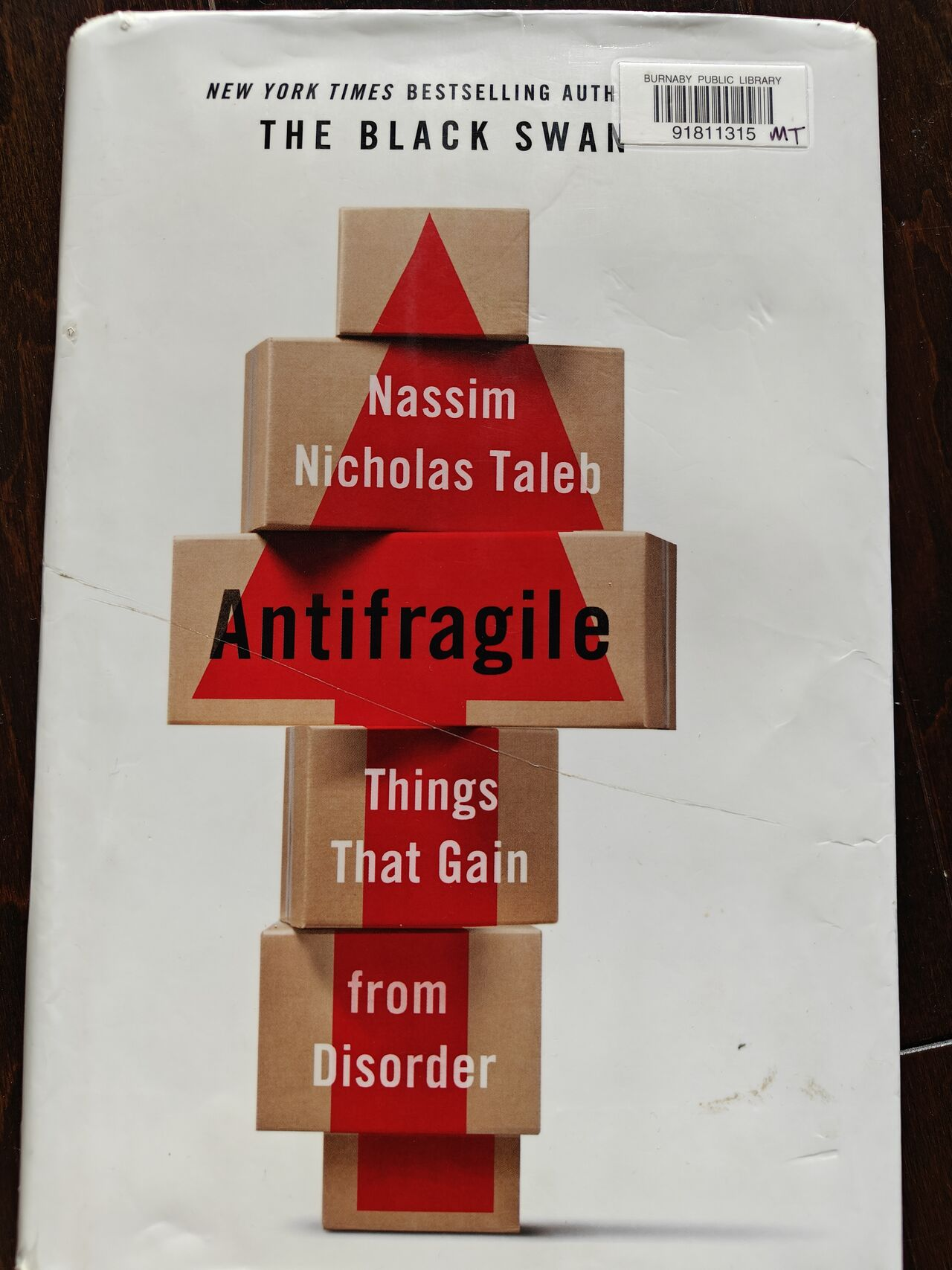Embracing Antifragility
A few years ago, I started reading Nassim Nicholas Taleb’s “Antifragile: Things That Gain from Disorder”. Like many of us, life got in the way, and I never finished it. Now, on my second attempt, I’m realizing just how fragile we — how fragile I — can be. And I want to change that, for myself.
Taleb’s concepts of fragility, robustness, and antifragility are eye-opening. Fragile things, like a porcelain vase, break easily under stress. Robust things, like a sturdy rock, withstand stress without breaking but don’t improve. Antifragile things, however, thrive and grow stronger in the face of adversity.

Consider sequoia seeds, which need the intense heat of a forest fire to sprout. They don’t just survive chaos; they require it to flourish.
Returning to Antifragile has been a personal revelation. It’s clear that becoming antifragile means embracing uncertainty and challenges as opportunities for growth. It’s about building systems in life that not only endure stress but use it to become stronger.
So, let’s reflect: where are we fragile, and how can we transform these vulnerabilities into strengths? The goal isn’t just to survive but to thrive amidst life’s uncertainties. This journey towards antifragility is about continuous learning and adaptation. Time to embrace it.